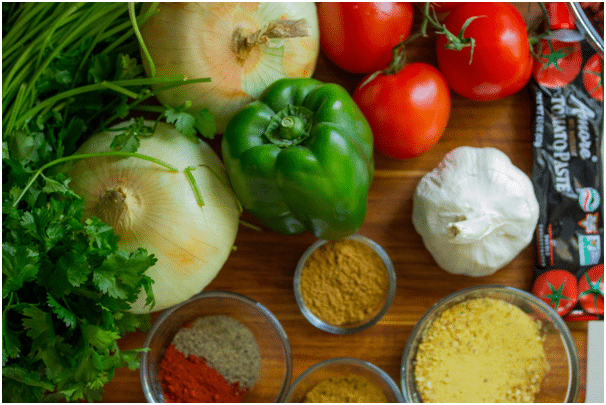
With the rise of technology and the convenience it brings, online grocery delivery has become a popular trend in recent years. Running an online grocery delivery store can be a lucrative business, but it’s essential to have a solid business plan in place. In this blog, we will discuss the business model canvas and how it can be applied to an online grocery delivery store. Click on this link to get a free template!
With the rise of technology and the convenience it brings, online grocery delivery has become a popular trend in recent years. Running an online grocery delivery store can be a lucrative business, but it’s essential to have a solid business plan in place. In this blog, we will discuss the business model canvas and how it can be applied to an online grocery delivery store.
The key elements of the Business Model Canvas for Running an Online Grocery Delivery Store
Customer Segments
The first step in creating a business model canvas is to identify the customer segments that the business will serve.
Target Market
In the case of an online grocery delivery store, the target customer segments could include busy professionals, elderly people, and families with young children.
Customer Needs
By understanding the needs and preferences of these customer segments, the business can tailor its offerings and marketing efforts to meet their specific needs. For example, busy professionals may prefer the convenience of having groceries delivered to their office, while elderly people may appreciate the ability to have groceries delivered to their home without having to leave the house.
Value Proposition
The value proposition is the unique benefit that the business offers to its customers.
Unique Selling Points
For an online grocery delivery store, the value proposition could include the convenience of having groceries delivered to their doorstep, the ability to compare prices and select products from a wide range of options, and the time saved by not having to physically go to the grocery store.
Differentiation
By clearly defining the value proposition, the business can differentiate itself from its competitors and attract customers. For example, the business could offer a wider range of products than its competitors or provide faster delivery times.
Channels
The channels section of a business model canvas refers to the ways in which the business interacts with its customers and delivers its value proposition.
Customer Touch Points
For an online grocery delivery store, channels could include a website, mobile app, customer service hotline, and delivery drivers.
Convenience
By having multiple channels, the business can reach a wider customer base and provide a convenient shopping experience. For example, customers can place their orders through the website or mobile app and track the delivery status in real-time.
Customer Relationships
The customer relationships refer to the type of relationship that the business has with its customers.
Types of Relationships
For an online grocery delivery store, the customer relationships could include self-service, assisted service, and full-service.
Building Connections
By understanding the needs of its customer segments, the business can choose the appropriate customer relationships to build strong and lasting connections with its customers. For example, the business could provide live chat support to assist customers with their orders or offer personalized recommendations based on their purchase history.
Revenue Streams
The revenue streams refer to the sources of income for the business.
Income Sources
For an online grocery delivery store, revenue streams could include delivery fees, product markups, and subscription-based models.
Diversification
By diversifying its revenue streams, the business can reduce its dependence on any single source of income and become more resilient to economic changes. For example, the business could offer a subscription service that provides free delivery and exclusive discounts to customers.
Key Resources
The key resources refer to the assets that the business needs to deliver its value proposition. For an online grocery delivery store, key resources could include a warehouse, delivery vehicles, and a team of employees to handle customer service and delivery. By identifying and acquiring the necessary key resources, the business can ensure that it can deliver its value proposition to its customers.
Key Partners
The key partners refer to the suppliers, distributors, and other entities that the business partners with to deliver its value proposition. For an online grocery delivery store, key partners could include grocery suppliers, delivery companies, and technology partners to develop and maintain its website and mobile app. By partnering with the right key partners, the business can leverage their expertise and resources to deliver a better customer experience.
Conclusion
The business model canvas is a useful tool for creating a solid business plan for an online grocery delivery store. By focusing on customer segments, value proposition, channels, customer relationships, revenue streams, key resources, and key partners, the business can create a comprehensive plan for delivering its value proposition and achieving its goals. By using the business model canvas, entrepreneurs can increase their chances of success and build a thriving online grocery delivery store.